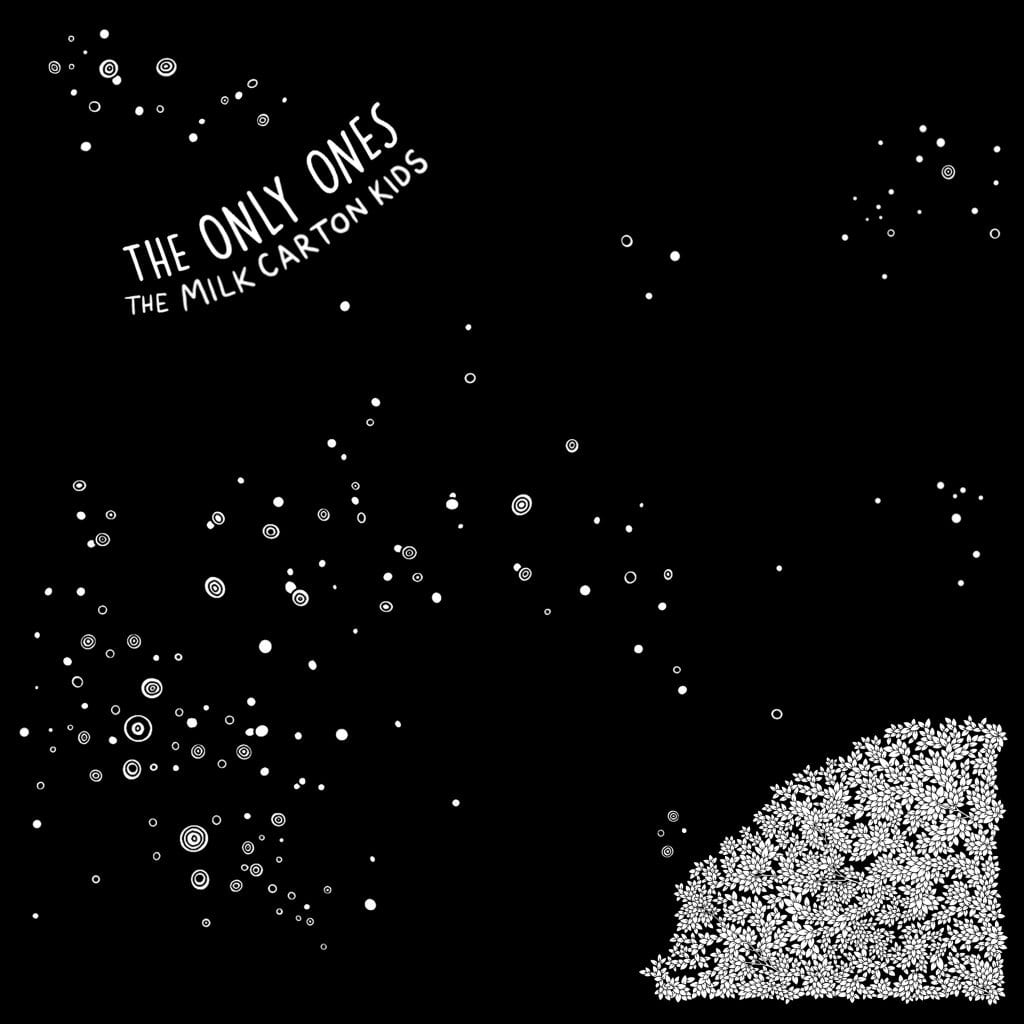The Milk Carton Kids Let Storytelling Shine on ‘The Only Ones’

From its very first bars, the Milk Carton Kids’ new album, The Only Ones, pulls listeners in close. “I don’t want to fight anymore,” the duo sing in the opening lyric of “I Meant Every Word I Said,” accompanied solely by a homespun, cozy acoustic guitar line. Immediately, the song establishes an undertone of quiet peace that abides throughout the project, even when it is at its most rollicking, or most sorrowful.
Minimalism and simplicity are important themes on The Only Ones, and not only in that the slim project only consists of seven tracks. Unlike on their previous album, which featured a full band, here Kenneth Pattengale and Joey Ryan pare their music down to its essentials. Powered by acoustic guitar and the group’s trademark close vocal harmony, The Only Ones is an inherently intimate experience — but not a homogenous one.
The Milk Carton Kids take notes from cowboy country in the self-reliant “I’ll Be Gone,” for example, and wax nostalgic in “As the Moon Starts to Rise.” With very few bells and whistles, the duo can draw vivid storylines and create complex characters. Listeners get to know the people in these songs intimately. It’s easy to walk away from this album feeling like you’ve just spent an evening in the living room of the people The Milk Carton Kids are singing about.
Now and again, the tumult of the outside world finds its way in. “My Name is Ana” hearkens obliquely to the immigration crisis as well as The Diary of Anne Frank, telling the story of a girl who “you might have read about” who lives in an attic with her family. “I leave the light off so nobody can see / I sleep with my shoes on in case they come for me,” The Milk Carton Kids sing.
Even in “Ana,” the emphasis is not on the loud and chaotic outside world, but rather on the details of peoples’ inner lives. “I can read the warning signs,” Ryan and Pattengale sing, speaking from Ana’s perspective. On several of the project’s tracks, the pair give their voices over to the character they’re singing about, almost removing themselves from the equation in order to tell that person’s story.
This technique further adds to the impressive amount of nuance the album affords them, despite its simple instrumentation. The band steps out, allowing a wide cast of characters to step in and tell a story through their voices. It’s almost as if these characters and the listener are, well, “the only ones” in the room.



